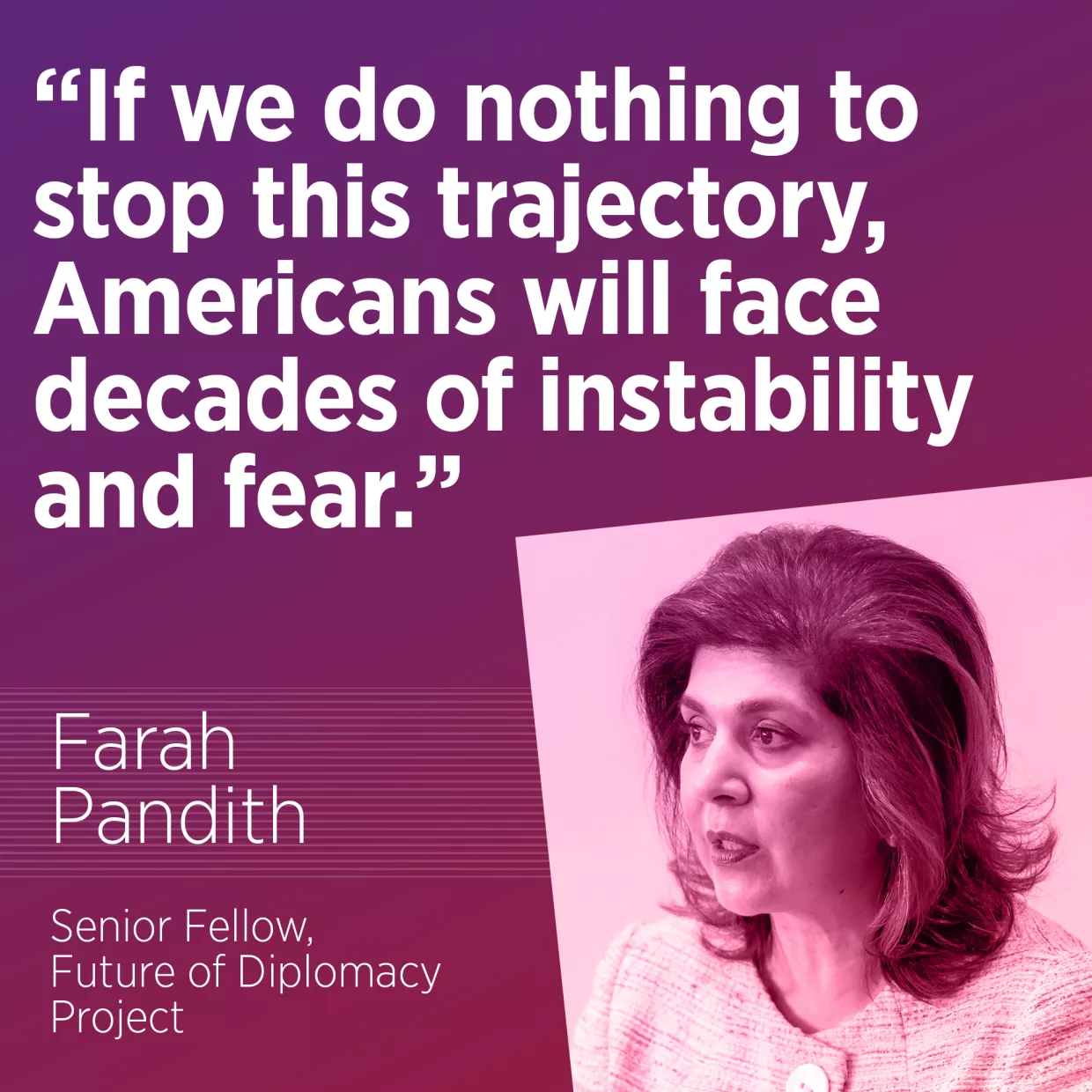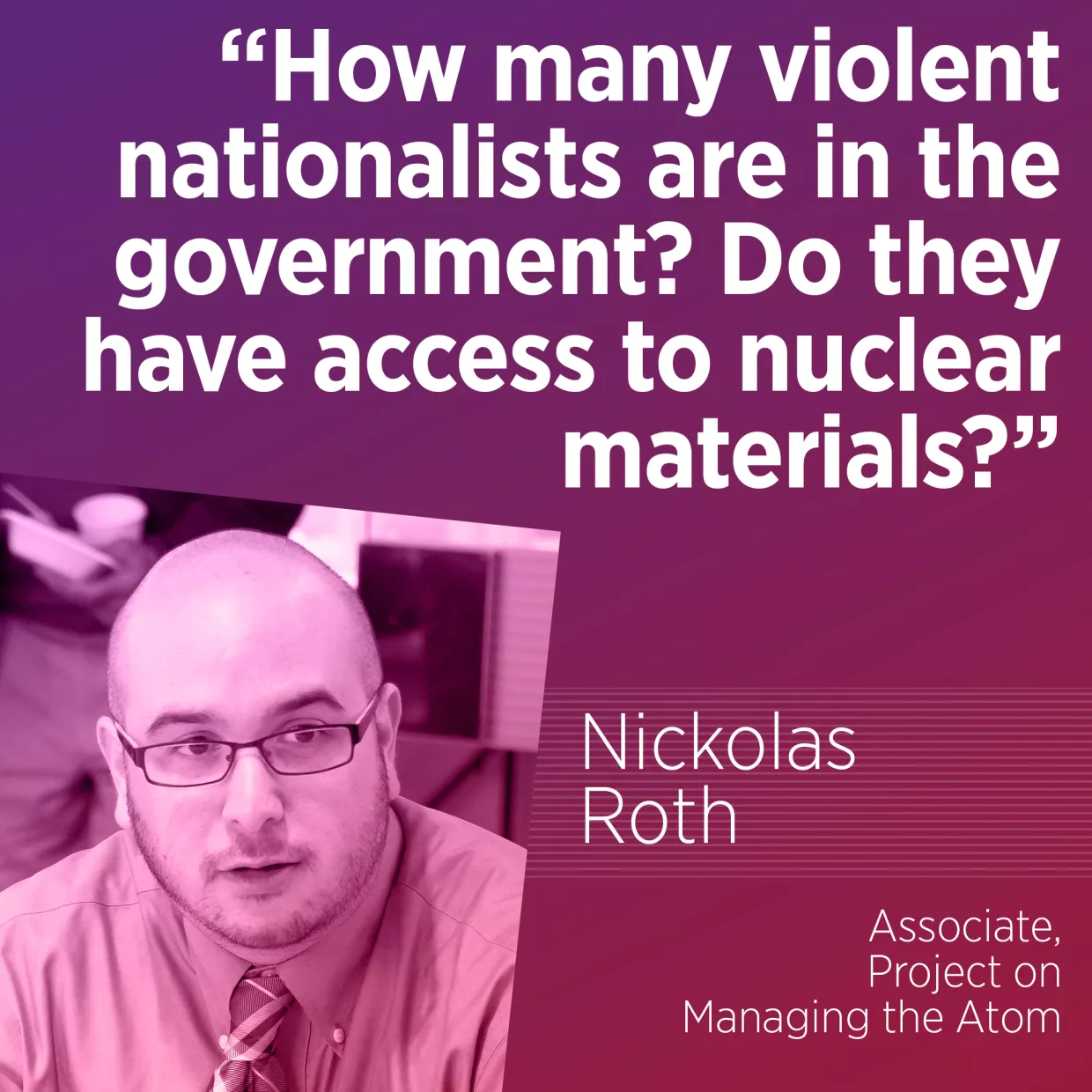We asked several of our experts in intelligence and political violence to share their thoughts on the recent announcement by the Acting Capitol Police Chief that militia groups may be planning to blow up the U.S. Capitol and “kill as many members as possible” during the upcoming (and still unscheduled) State of the Union address.
How seriously should these threats be taken and what should be done to prevent extremist violence against the U.S. government?
Erica Chenoweth – Frank Stanton Professor of the First Amendment

“We need to take these threats very seriously, and we need a whole-of-society approach to address far-right extremism and white supremacy in the US. We can learn from the German experience about how to do this. In a recent op-ed in Foreign Affairs, Cynthia Miller-Idriss and Daniel Koehler write about the numerous policies the German government has recently instated to tackle the resurgence of right-wing terrorism in Germany. Overall, we should understand that far-right extremism and white supremacy are not novel threats. Today’s variants on far-right extremism are just the most recent generation of a long-standing movement for power and domination over minoritized groups, both in Germany and in the U.S.
Reckoning with this past and present involves a thorough review of infiltration of police & armed forces, stiff criminal penalties for individuals and groups organizing for violence within these institutions, and timely public reporting about the results of these investigations. It also involves clear civic leadership at all levels of government—national, state, and local—to educate the public about the value of a diverse and egalitarian societies, and to do their part to improve representation within their own institutions and reject authoritarian discourse among public servants. It involves countering disinformation and hate speech online through public-private partnerships, through our public education system, and in task forces and working groups that involve various stakeholders, including community groups, advocacy organizations, and specialists in antiracism, countering violent extremism, and democratic institutional reform. And it involves a national task force to investigate policy failures, coordinate interagency strategy, increase transparency, and oversee implementation of necessary reforms."
Paul Kolbe – Director, Intelligence Project

“We have learned through bitter counterterrorism experience to take threats seriously. Al Qaida declared war on the United States, but it wasn’t until our embassies in Kenya and Tanzania were smoking ruins that we took it seriously. We now have heavily armed “militias” training for combat while amorphous groups like the “boogaloo bois” fantasize about civil war. Stocks of ammunition and guns are sold out across the country. One violent insurrection has failed. But just as al Qaida returned to attack the powerful symbol of the World Trade Center, delusional and violent domestic extremist perseverate about attacking the Capitol – the manifest object of their hatred. We damn well better listen and act.”
Farah Pandith – Senior Fellow, Future of Diplomacy Project

“America is ripe for unimagined levels of radicalization and recruitment. The mainstreaming of various extremist ideologies is unprecedented. If we do nothing to stop this trajectory, Americans will face decades of instability and fear. Bad actors are funded, organized and undaunted. They have learned how to curate approaches to lure in new ideological soldiers. Easy access to guns, ideas, and peers create a dangerous future scenario. To address this serious threat, government (local, state, national), business, philanthropy, and civil society must come together to support a comprehensive, scaled soft power strategy. Doing so can change the ideological ecosystem so that we severely shrink the pool of recruits. No ideological soldiers, no violence.”
Nickolas Roth – Associate, Project on Managing the Atom

“Violent nationalism is on the rise in the United States. While most of the violence has been limited in scope, we should not rule out the potential for a more catastrophic scenario. Given white nationalists’ history of interest in nuclear and radiological terrorism, revelations about the existence of these extremists within the U.S. government are alarming. How many violent nationalists are in the government? Do they have access to nuclear materials? Are they sophisticated enough to steal nuclear material or sabotage a nuclear facility, or aid another actor on the outside? Security clearance processes and insider threat programs must be capable of identifying and mitigating these threats.” (More here.)
Chenoweth, Erica, Paul Kolbe, Farah Pandith and Nickolas Roth. “Domestic Terrorist Plots Against the U.S. Government: How Serious is the Threat?.” Belfer Center for Science and International Affairs, Harvard Kennedy School, March 8, 2021
